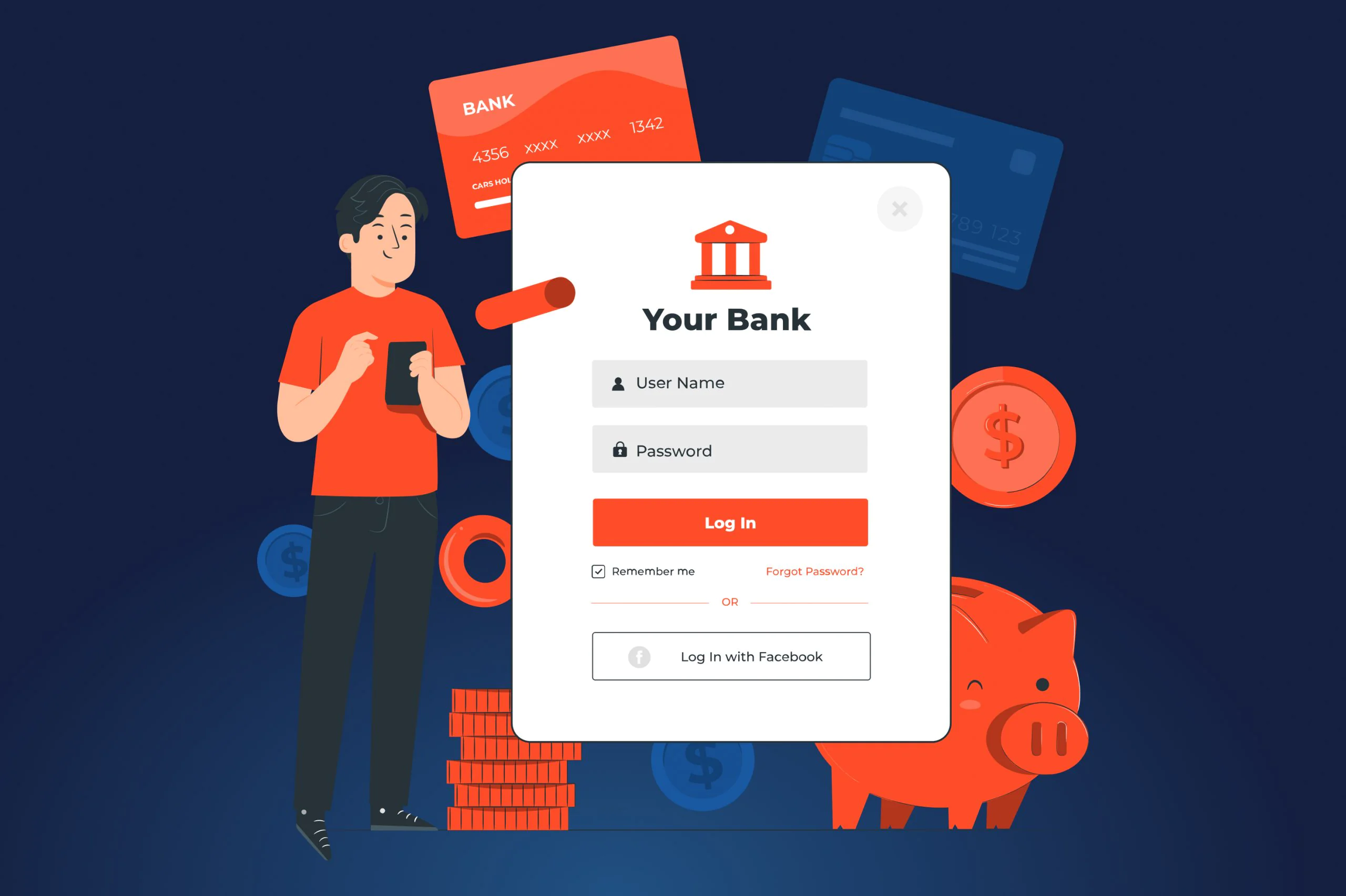Financial technology (fintech) is like a magic egg — you never know what creature will be born. But when it looks at the world for the first time, it’s entirely up to you what it’s going to grow into: a Leviathan or a cute sniffler.
Putting all cheesy metaphors aside, a fintech app can have multiple purposes. These purposes are usually determined with integrations your application has, like fraud protection, credit scoring, peer-to-peer payments (P2P), and many others. For making such integrations, your app needs to have access to fintech application programming interfaces (or fintech APIs) that will connect your product to various services.
If fintech apps were really born from magic eggs
But the dilemma remains unsolved. What fintech creature do you want? The one that operates with a large amount of money or one that makes bite-sized transactions? The JatApp team gets your confusion, which is why we’ve prepared a guide on the best fintech APIs for you to decide what integrations you can include in your fintech application.
Fintech APIs: fantastic beasts and where they live
Before talking about financial APIs, it would be nice to know how API works in general. Application programming interface is a programming code that connects different applications together and links a software’s back end to its front end. In general, API is an interface used for making two and more apps communicate. For example, you log in your HubSpot with your Google account. At this moment, HubSpot uses Google API.
Financial APIs work in the same way. You can integrate your fintech app with many APIs to provide your customers with numerous services. Actually, fintech apps integrate with financial data network, so consumers can connect their account to any financial institution a fintech app has integration with. In such a way, users get a one-stop shop solution.
Getting back to a magic perspective of fintech, imagine that a creature that was born from the egg is a small octopus. The octopus knows all bank accounts and other information stored by financial institutions. You feed your fintech octopus with APIs to grow tentacles that bring customers different services.
It’s possible to grow your fintech octopus into the market’s Kraken (a sea monster, not a cryptocurrency exchange). Read on, as we’re going to discuss the most prominent financial APIs you can integrate your product with.
Growing an octopus fintech app with multiple APIs
We’ve prepared a list of the most popular and valuable financial APIs that can create a significant value to your customers. And yes, it’s fine to want them all inside your fintech app!
Know Your Customer (KYC)/Account verification
If a customer is going to use your fintech app, they need to undergo user authentication to prove that they’re a real person. Before the financial API started gaining ground, a KYC process took several days and was vulnerable to errors. With the help of a relatable API, your customers can verify their accounts by providing their bank credentials.
P2P payments
With the surge in financial APIs, people don’t need to use banks to pay each other. A conventional way of paying money to the other person required going to the bank and paying transaction fees.
That’s why peer-to-peer payments use financial APIs to come on mission of eliminating unnecessary barriers. APIs in fintech can enable you to link one bank account to another, so people can easily send money to each other, split bills, and buy products online without transaction fees. Unexpectedly, fintech APIs bring us to the thought that traditional banks charge us money just because they can.
Fraud protection
Once financial APIs can deal with user verification, it’s logical that catching bad actors is also feasible. In general, the principle is similar to KYC. When someone connects their bank account to your fintech product, a relatable API checks whether this bank account was attached to any other profile in your network of users.
Personal finance and expense management
Most people have more than one bank account to cover different purposes such as purchases, credits, investments, e-shopping, and such. Keeping track of all money flowing back and forth is difficult, and, let’s be honest, frustrating.
You can consolidate a user’s spendings information, finance analytics, budget planning, and even financial literacy education within your fintech app, thereby enabling your customer to manage their personal finance with better effectiveness. And again, connecting multiple banks APIs is what you need to get all the data.
A typical personal finance app
In the same vein, you can use various accounting and other financial data to supply expense management software that is used by businesses of different sizes. Companies depend much on streamlining their basic operations, and expense management is no exception, so the use of relatable APIs in your fintech product can help many businesses beef up their operations related to cost monitoring and control.
Credit scoring
A process of creditworthiness evaluation is an old hat that seriously affects distribution of income in the society, as legacy credit scoring systems are blind to many important factors that can describe a real creditworthiness of a borrower. Financial APIs gear credit eligibility evaluation toward better inclusion and reduction of paperwork.
In fact, financial APIs can source your fintech app with data for alternative credit scoring. In addition to commonly required data for creditworthiness evaluation, fintech APIs can connect to a consumer’s social media, e-wallet, other apps installed on their devices, to name a few.
Gathering of various quantitative and qualitative data can provide your fintech app with a more precise evaluation of a user’s creditworthiness. On top of that, financial APIs do credit scoring in a matter of seconds to increase productivity of your credit issuing and make your revenue skyrocket.
Prefunding
Since you’re going to build a fintech app, it’s obvious that your customer will deal with money by using it. However, putting money on a new fintech account is a long-lasting bummer that takes hours if not days.
A prolonged prefunding period means that some users may change their mind about using your fintech product, forget about it, or just start using it later than they could be. All these hurdles obviously don’t make your fintech app popular and profitable.
Still, your fintech octopus can put its tentacles even there. By connecting APIs to users’ bank accounts, your app can detect whether a user really sent money to their app profile. Then, you can put this amount on the user’s profile in advance, to enable them start using the app at their earliest convenience. You lend your customers money to start using your fintech solution as soon as possible, while you get their money when the bank transaction is complete.
Investment
Financial APIs can make everyone feel like a Wolf from Wall Street. A cooperation of APIs and fintech apps can provide your customers with an automated low cost investing.
And all over again, you can use a fintech API to connect customers’ bank accounts to your app and integrate it with a feature of an automatic investment. We are not talking about investment and stock trade apps here, it’s a story for another day.
Connecting APIs in stock trading app Alpaca
Our purpose is to bring the use of financial API for automated investment into a sharp focus. A relatable API is expected to connect to a user’s bank account and automatically complete a transaction for investing in a stock of choice. People are busy with many things every day, which means that forgetting about making an investment on time isn’t uncommon among people who aren’t obsessed with making money but want to have some passive income.
Reward programs
When a company runs some reward program, it is usually connected to one business and one credit card. By connecting APIs from big companies and brands, as well as linking more than one user’s bank account, you can enable people to choose how they want to spend their bonuses. Your app may provide bonuses with Starbucks only, while preferences of your customers apparently differ.
So instead, you can partner with multiple brands to connect their APIs to your app and supply your users with a range of diverse bonuses. As a result, you can save your customers from coffee addiction and let them spend their bonus points on some consumer products, subscriptions, buy books, and the like.
E-commerce, payment gateways, and embedded payments
Online shops need to charge their customers somehow, which is why they should have their own payment system. Some companies prefer to use payment gateways, and some look for embedded payments that are connected directly to bank accounts.
Your fintech API can help in both cases. Speaking about payment gateways, let’s provide an example of one developed by the JatApp team for our customer. JatApp’s client was looking for a solution that can securely make online payments and transfer money from an online customer to a merchant. Actually, several APIs were used: to connect customers’ bank accounts, banks, online shops, payment processors, and merchants.
With embedded payments, the situation is somewhat simpler. E-commerce platforms don’t own the payment system, but embed it with their interface by connecting an API. Customers don’t have to enter their credit card credentials, as they’ll be redirected to their bank account page where they just need to log in and confirm a transaction.
Oh well, embedded payments are no easy feat as well
Decentralized finance
When we hear about decentralization and money, we all think about blockchain, cryptocurrency, and web3. That’s true, but decentralization of the financial system isn’t just that crypto thing. Investment, loan issuing, and other money-related operations are still under the thumb of large banks.
Your fintech beast can start shaking the ground under banks and hedge funds if you supply it with APIs connected to e-wallets and neobank accounts. By doing so, your fintech app creates a financial network where money flows without transaction fees and the bank’s eyes. It’s hard to tell now whether fintech can replace legacy financial systems, but it is clear that sands are shifting within the financial industry.
Card-issuing APIs
If you have a fintech app with multiple financial services inside it, your customers may need a separate bank account or at least a card to use money within the app without connecting to other bank accounts with API. In other words, you need to provide your customers with a digital card attached to their profile in your fintech app.
Connecting Visa or Mastercard API is possible today, once both cardholding giants want to expand their markets and channels of distribution. So, why don’t you use such an opportunity if every party benefits from this partnership? Just integrate their APIs with your fintech product.
Infrastructure
Once financial APIs are such a Holy Grail and their popularity grows at a breakneck pace, many fintech companies nod towards providing the entire banking infrastructure with their APIs. Many financial services are interconnected, and it’s logical to roll KYC, fraud detection, and app profile pre-funding into a single API. This is just an example, while use cases how several APIs can create the entire ecosystem are endless.
The whole banking infrastructure provided by Yapily API
This approach to architecturing your fintech product is convenient and resource-effective while you can sell your ready-made solution to financial institutions and companies that aren’t lethargic in the adoption of tech products and want to augment their workflows with a digital touch.
Partner with JatApp, an experienced fintech tamer
You can notice that we were repeating “integrate your app with this or that API”. As a matter of fact, a fintech app is a wild beast, so integrating APIs is a complex technical process.
That is why you need to have a team of experienced developers who can tame your fintech creature and grow it with as many APIs as you want. JatApp has been developing fintech solutions since 2015, so we can provide you with a team of tech talents who will not only develop a quality product, but also give a recommendation about how your product can be scaled and improved.
Start growing your fintech creature by contacting us. We’ll reach out to you as soon as possible.















